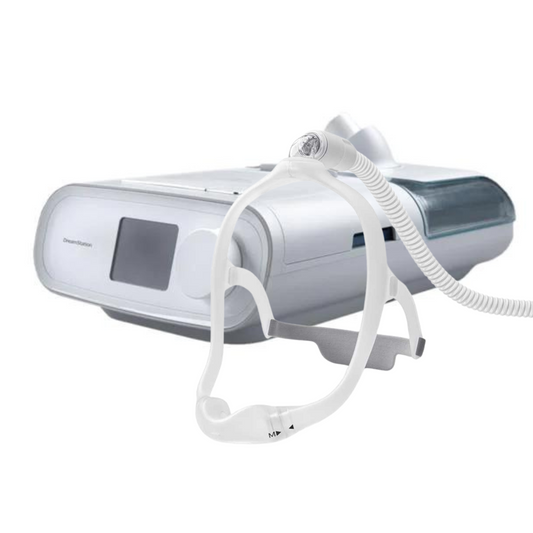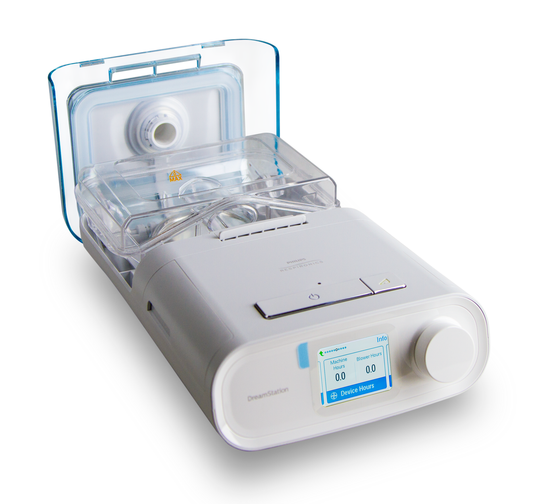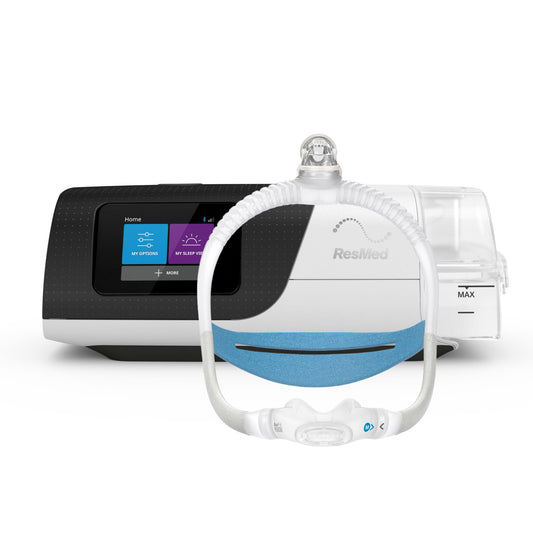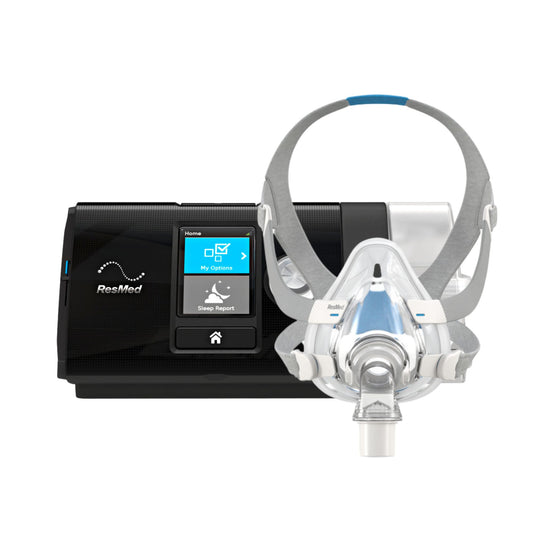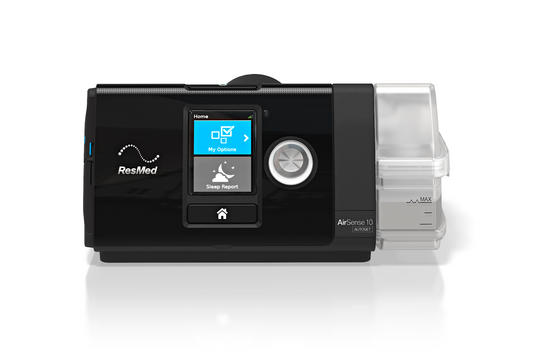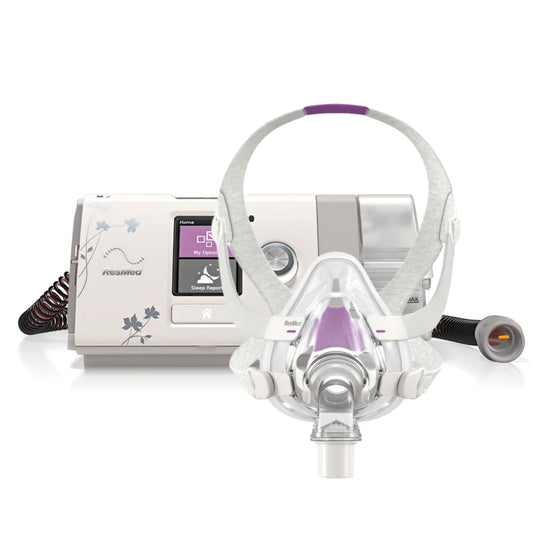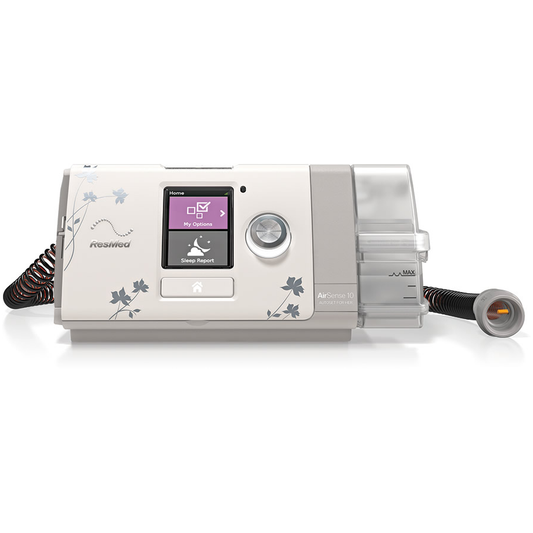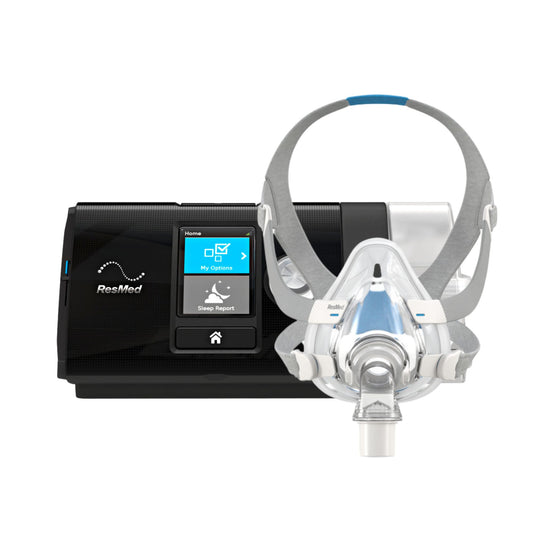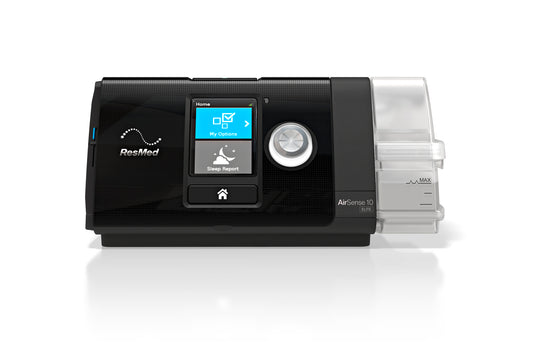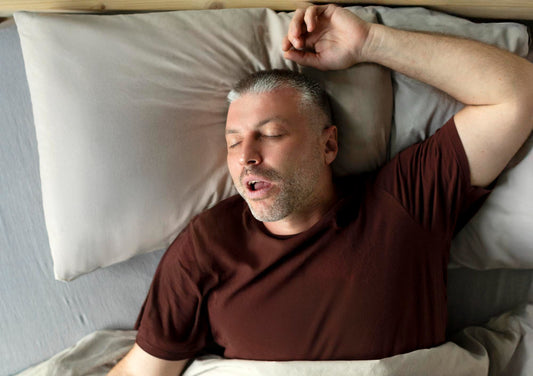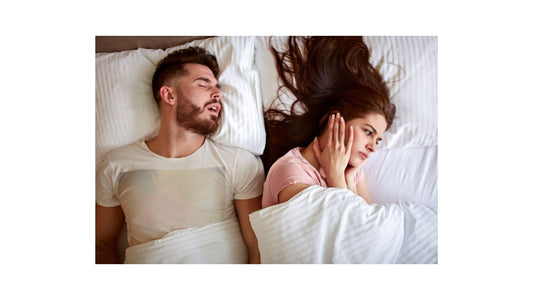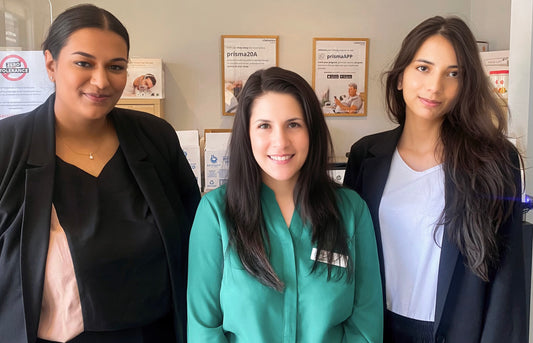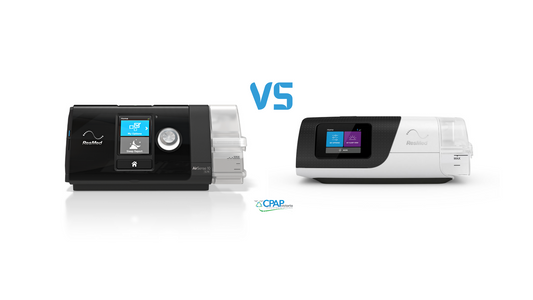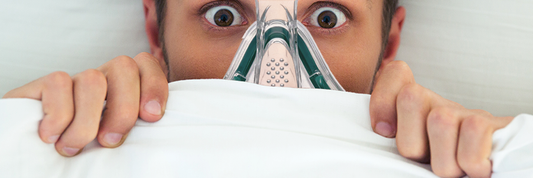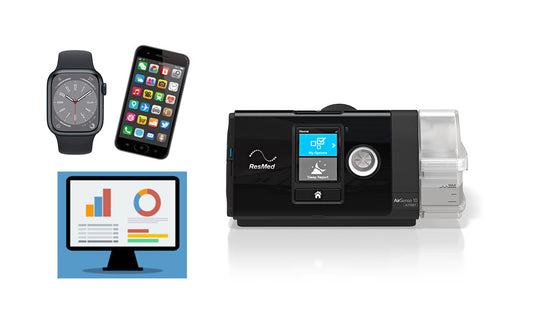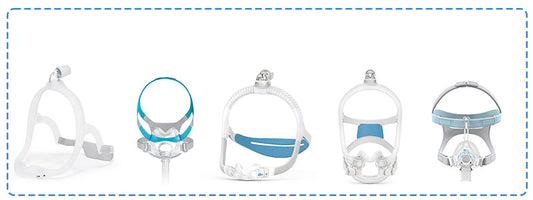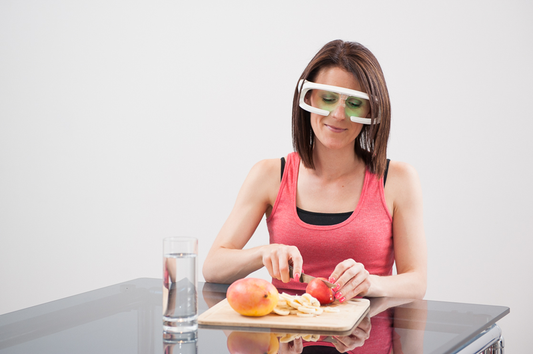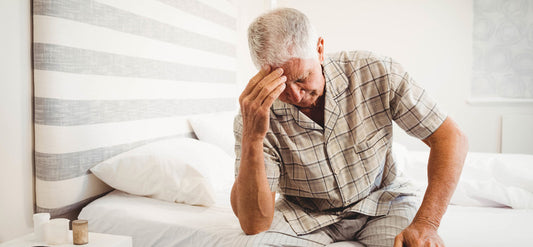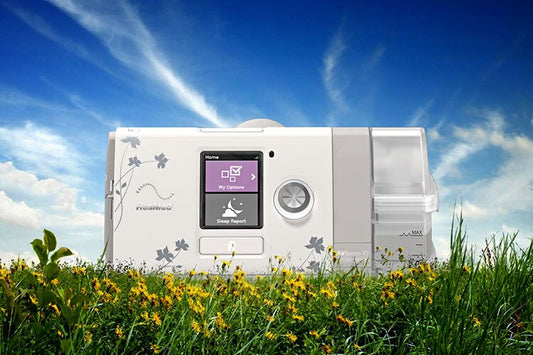In most cases of diagnosing sleep disorder, an in-lab sleep study is recommended. A board-certified sleep specialist physician oversees this test.
Also called polysomnogram, this test requires for the patient to stay overnight at a sleep center or hospital. This test records the patient’s brain waves, breathing and heartbeats as he sleeps. The level of oxygen in the blood, and eye and limb movements are also monitored.
This test is recommended to:
• Test for sleep apnoea and other sleep-related breathing disorders
• Diagnose hypersomnia or narcolepsy
• Evaluate and qualify behaviors during sleep due to parasomnias
• Calibrate the appropriate level of continuous positive airway pressure in patients who are in CPAP therapy
• Find out why treatment for a particular sleep disorder is not effective
A home sleep apnoea test for patients with suspected OSA may prove to be sufficient but an in-lab sleep study is more precise as the equipment used is different from the home test.
Preparing for an In-lab Sleep Test

This sleep test requires an overnight stay at a sleep clinic or hospital for the patient. The patient should be at the sleep center early evening to get ready for the test. Basically, there is no need to divert from a patient’s regular routine but he should definitely avoid napping and avoid caffeinated drinks or food after lunch. A shower before the test is recommended more so for those who use gels or sprays on their hair as this could interfere with the sleep recording. Maintenance medication might have to be temporarily stopped.
A patient should bring his sleepwear, hygiene kit, reading material and a change of clothing for the morning. Before the test starts, the patient will have to answer a few questions from a sleep technologist, and fill up a pre-sleep questionnaire. A patient may do his nightly routine (read, watch TV, etc.) before the test starts.
Testing Process
When the patient is ready for bed, sensors will be attached (glued or taped) to parts of his body. The sensors are painless but may cause allergic reactions if the patient is sensitive to adhesives. The sensors will accurately measure the patient’s brain waves, heart rate, breathing, oxygen levels, chin muscle activity and leg movements. Movements will not be constraint as the sensors’ wires are long enough. After testing that the sensors are working, the light will be turned off and a low-light video camera will afford the sleep tech to monitor the patient while he sleeps. The sleep tech will have to assist the patient with his wires in case he has to use the bathroom during the night.
The patient’s sleep might not be as regular due to the sensors and unfamiliar environ but this will not affect the results of the test. A full night’s sleep is not required for the test. In the morning the patient will have to answer a post-test questionnaire.
The sleep technician will gather all data and evaluate all the information. The sleep specialist will then review the results to determine the type of sleep disorder. The patient will be informed of the diagnosis and proper treatment prescribed.
